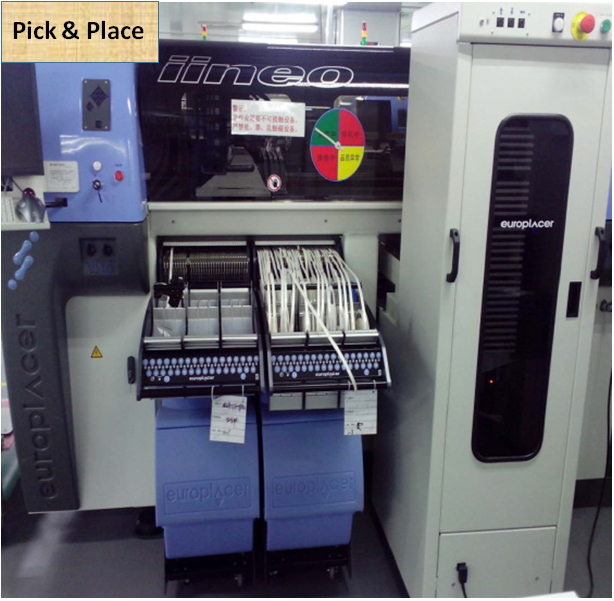An Overview of the Assembly Process of a PCBA

Keywords: PCBA China, PCBA Assembly China
The process of PCBA Assembly China goes on as follows:
Solder Paste: The application of solder paste is the first stage in a standard PCB construction process. Notably, THT does not need paste application or printing, but SMT does.
Placement of Components: The placement of the components on the board is the next stage in the conventional PCB construction process. This can be carried out either manually or with the use of machines. THT assembly involves the manual placement of components, which calls for extreme accuracy. Robotic systems assemble components on the board during the SMT process. Be aware that automatic placement is both much faster and more accurate than hand placement.
Reflow: In the conventional PCB assembly process, the solder is first melted and then solidified in the following step. Before the board proceeds into a cooler, where the solder is cooled, the board and all of its components pass through an oven, where heat liquefies the solder and ensures that connections are made.
Keep in mind that the THT procedure does not necessitate solder reflowing. The second stage in this process is to check the board and adjust the component arrangement. This is a result of the hand placement process; placement accuracy is ensured by visual inspection and a design transport frame.
Reflow soldering also happens at this stage of the SMT process. The board is sent through a furnace where the solder paste melts and flows as needed. After that, the board is put through a series of coolers where the temperature is gradually lowered, solidifying the solder on the board and holding the components in place.
Visual inspection of the board, soldering, and components is the next phase in the conventional PCBA China process. Keep in mind that the THT and SMT procedures have already completed this phase.
Insertion of Through-Hole Parts: In the conventional method, manual through-hole insertion must be completed after reflow and inspection. Although wave soldering is an option, hand soldering is still often used.
At this stage of the THT procedure, wave soldering also takes place. The entire board passes through coolers to cool the solder as it flows over liquid solder.
Inspection and cleaning at the end: A final examination of the board, the solder points, and the components, as well as cleaning to ensure that any dirt or extra solder is removed, are the last steps in the conventional PCBA Assembly China process.
- 1HDI PCB Market Outlook 2025: Future Prospects, Growth Analysis & Innovations
- 2HDI PCB Design Comprehensive Guide: Mastering High Density Interconnect Technology in 2025
- 3Understanding UL 94V-0 Flammability Rating for Printed Circuit Boards (PCBs)
- 4PCB core raw material CCL
- 5Top HDI PCB Manufacturers (2024)
- 6IC Substrate | Comprehensive Guide (2021)
- 7Top 10 Flexible PCB Factories in 2025
- 8How to Make mSAP PCB?
- 9The Impact of Trump's Tariff Policy on Chinese PCB Industry and Countermeasures
- 10Top 10 IC Substrate Fabricators (2024)

- Skype ID: shawnwang2006
- Phone No。: +86-755-23724206
- Email: sales@efpcb.com
- Quick Contact
